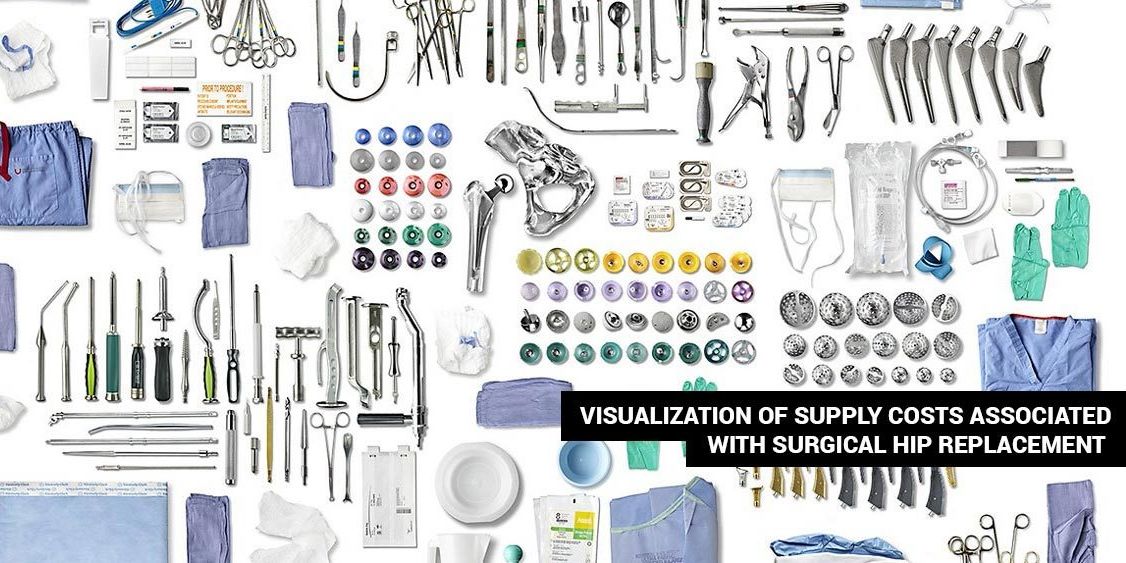ow would we know if we were improving value without having a way to measure it? Oceans of data exist in healthcare–payroll, general ledger, and billing to name a few. But, data has not been available or useable for improvement since it was not organized around the patient and their episode of care.
VDO was created with a radical idea: what if physicians could see the quality, cost, and patient experience of individual problems? If that data was real-time for hundreds of improvers across the organization, providers could redesign care.
How VDO came into being
In 2012, the University of Utah undertook a three-fold challenge:
- to identify the true cost of healthcare at the patient encounter level
- compare cost with outcomes data
- organize the presentation of that data to promote local value improvement
After six months of intense work, VDO debuted. Physicians could filter cost data to deal with complex paths of care and heterogeneous population of patients. Physicians could also sift by outcomes, patient reported outcomes, and patient experience. VDO provided a view of care defined by the value equation.
Why does VDO work?
What gets measured gets managed. Scorecards and dashboards are a part of any value transformation strategy because of the power of measurement: simply putting data in the right hands will often improve process and outcomes. When measurement is used effectively, teams can design, implement and sustain improvement locally.
Through the development of VDO, the organization has identified five key accelerators in the design of actionable measurement:
1. Real-time feedback
Active improvement thrives in an environment of real-time feedback. VDO reports are updated daily, and are available at the local level. This continuous feedback allows improvers to see the results of their efforts, and to truly use data to make decisions to improve care.
2. Meaningful
Measuring the right things has long been a limitation in healthcare. We have had to settle for proxies and surrogates to measure what we are trying to improve. With VDO, the organization vastly expands the library of measures. The data warehouse integrates EMR data that documents the delivery of care, outcome measures from many sources including public and registry reported metrics, survey responses from millions of patients, and our ever expanding patient-reported outcomes initiative. The result is a library that enables improvement teams to measure the most important drivers of improvement.
3. Local
Value is led at the local level. Individual physicians choosing labs, medications and supplies, small groups standardizing protocols, and multidisciplinary teams redesigning clinical care. In order for data to become feedback, reporting must be organized around the local team of change.
4. Transparent
Utah is an organization that thrives on peer comparison. We have long used peer transparency as the opportunity to have a conversation. Rather than using transparency punitively, our groups tend to use relative performance as a starting point for improvement. VDO enables that conversation by visualizing the differences in practice between like providers.
5. Value is a ratio
When available, cost and outcome data usually come from different data sources, and are rarely presented in context with one another. VDO scorecards integrate outcomes into a Perfect Care Index allowing improvers to see the relationship between improving outcomes and total cost.
Reflection
Orthopaedic surgeon Dr. Chris Pelt led one of the first applications of VDO in joint replacement. He believes VDO is crucial to improvement.
Chrissy Daniels
Mari Ransco
Instead of allowing external performance measures to define our success, we define success by reliably delivering the best possible care with empathy, coordination, and efficiency at the lowest possible cost.
We asked Zac Watne, Utah’s payment innovation manager (he gets paid to understand the volatile world of payment reform) to give us a primer on “bundles.” Regardless of change happening in healthcare, thought leaders predict that payment reform, and specifically bundled payments, are here to stay. Why? Bundles deliver care with improved outcomes at a lower price all over the United States.
When health care is designed around patient needs, it doesn't just benefit the patient — it can also help providers find fulfillment in their work. But what does that look like in practice? Physician Joy English opened the Orthopaedic Injury Clinic, an innovative service that delivers better value to patients. Her success is a case study in how to achieve both provider and patient happiness.
